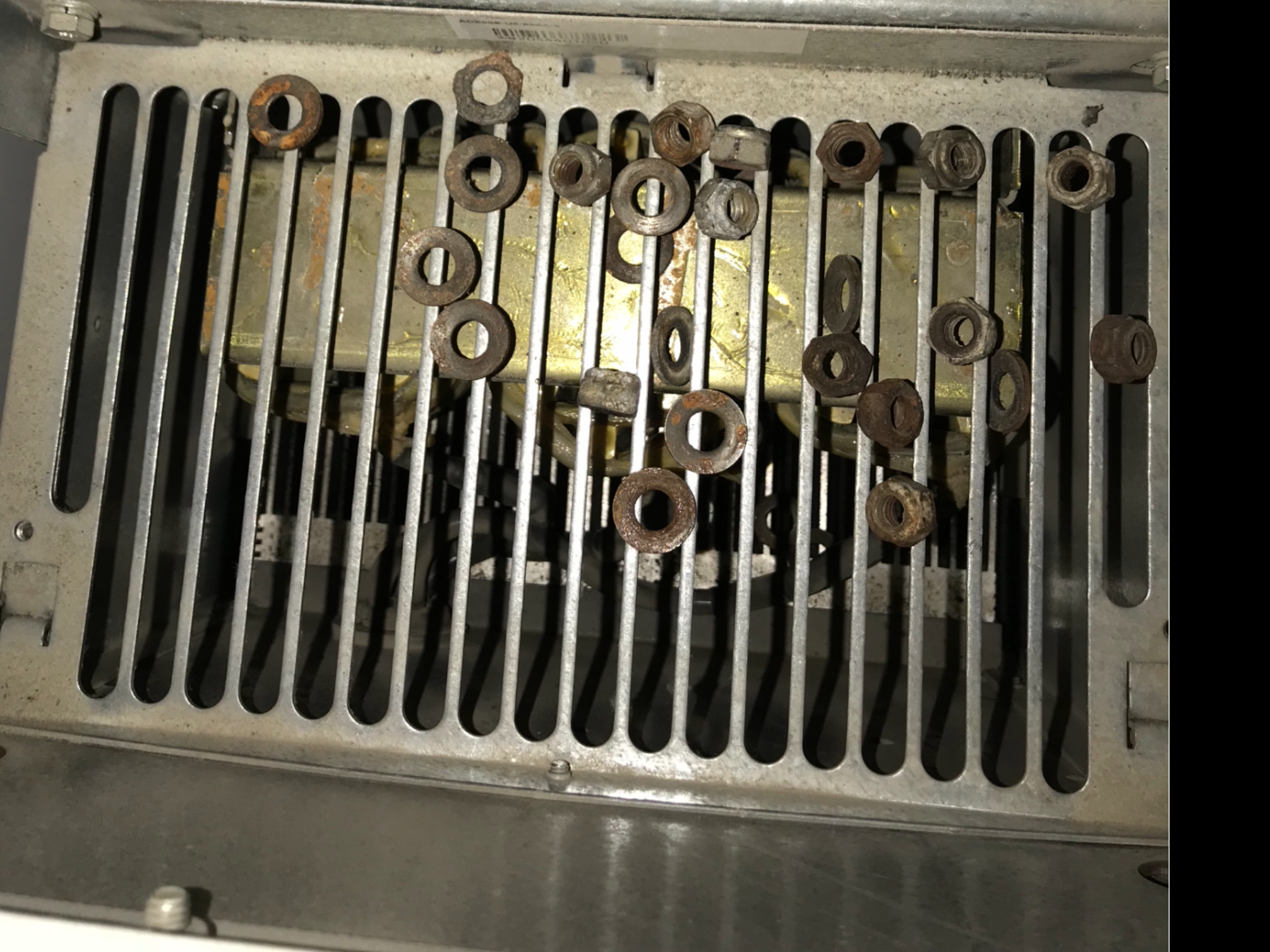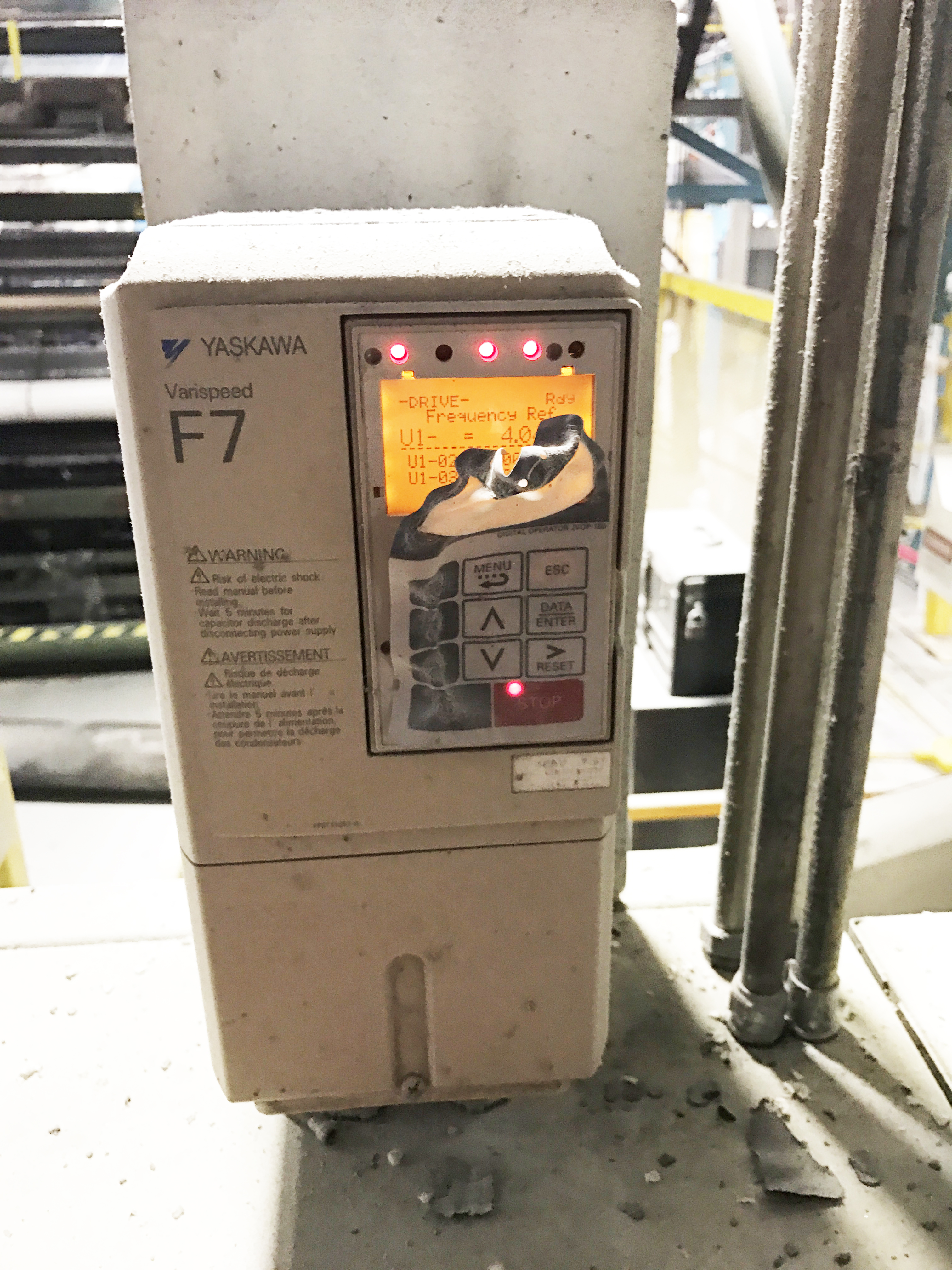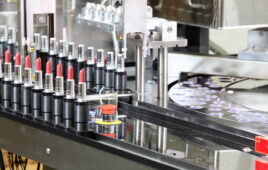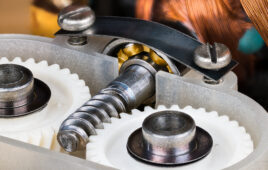Though not a complete list, following are some tried-and-true methods some have unintentionally used to destroy variable frequency drives (VFDs). Avoid the following situations to help your VFD live a long and fruitful life.
By Paul Avery | Product Training Engineer at Yaskawa America • Drives and Motion Division
You once loved your VFD. Shiny and new, it earned rebates from the local power-supply company so happy to see your facility becoming more efficient (by consuming less power during lightly-loaded conditions). The VFD also earned accolades for driving its connected motor in a way that was electrically and mechanically gentler than alternatives. Plus with its Ethernet option board, it tied into your facility’s ever-expanding network of devices.
But now, the VFD’s reliability has worked against you, and your coworkers think that it will never break down — and that they don’t need you anymore. So now you must kill that once-loved VFD before there are more of them. Just trip on a fault would be insufficient because you need it to die. But how?

This VFD died after conductive washers dropped into the top of the drive and short circuited the dc bus.
Bad power input into the VFD
A VFD will accept any power sent its way. Enough voltage of short duration (in the form of a voltage spike) exceeding the rating of the bus capacitors will:
- Stress the VFD’s capacitors to beyond their breaking point and
- Destroy the VFD’s metal-oxide varistors (MOVs) and diode bridges.
Sometimes even lesser amounts of voltage — those that are below the peak value the capacitors can withstand, but present over longer periods of time — can kill a drive. That’s especially true if there’s no way for the VFD to disconnect itself from the high incoming line. So in the case of spikes, avoid the use of line reactors or instantaneous overload devices if you truly want to end the VFD’s tyranny.
Under-sizing or overloading the VFD for the application
Wherever a VFD is undersized for the load that it will regularly experience, that drive (with its overload-protection function) will most likely trigger frequent trips. So great — how do we kill the VFD if it’s protecting itself?
Well, overload protection is there to protect the drive components from enduring too much current for too long a time. Key parameters here are current and time because in certain combinations, they may not trip instantaneous overload devices such as fuses. Even so, current over time can contribute to thermal issues that drastically shorten a VFD’s life. Excessive heating-to-cooling cycles occur as the drive trips, is reset, and then trips again. This thermal cycling induces the premature demise of critical VFD devices such as IGBTs.
Poor cooling of the VFD
Speaking of cooling, nothing kills drives like too much heat. Some drives will shut down if any of the cooling fans fail. What’s more, nearly every major VFD product has some kind of heatsink temperature monitoring. If the drive gets too hot because the heatsink is caked in oil and dirt, the drive will shut down before the devices attached to the heatsink reach thermal breakdown. So to ensure a premature demise for a VFD, simply run the drive until it overheats and trips, and then let it cool down … and then repeat this process over and over again without fixing the underlying problem.
Wrong VFD enclosure type
Industrial devices operate in various environments. Each setting presents unique dangers to electrical devices such as VFDs. Specifications for enclosure types from the National Electrical Manufacturers Association (NEMA) outline which can withstand each environment type. For instance, basic NEMA Type 1 enclosures are suitable for indoor settings that aren’t overly dusty. Such NEMA 1 enclosures have solid tops to protect the VFD from falling debris but have vented sides to allow cooling air to flow through to the drive. So if an environment calls for protection from liquids (whether it’s directed from a hose or falling from above) then using a NEMA Type 1 enclosure will surely lead to a very early dirt nap for the VFD. For hose-down applications, a NEMA Type 4 enclosure is more appropriate … and for outdoor rain protection, it’s better to use a NEMA Type-3R-enclosed VFD.
Unqualified personnel working on VFD
It’s not just a program to protect electricians’ jobs: Having unqualified or unknowledgeable personnel doing VFD wiring or preventative maintenance can spell doom for wonderful drive. Let’s just consider things that can go very wrong during initial wiring and operation of the drive.
Put 480 V on a 240-V VFD — Maybe it’s because some motors are dual voltage, or maybe it’s because some people are unaware, but VFDs are not dual voltage. It’s either 240 or 480 Vac here in (most of) North America. If you’re lucky and try to apply 240 V to a 480-V drive and discover the error before attempting to drive a motor, you may only suffer slight embarrassment. However, if you apply 480 V to a VFD manufactured to only handle 240 V plus 10% (~264 V) then you’ll quickly discover which device in the VFD is the weakest link.
Switch the VFD input and output power leads — Even though nearly every major VFD manufacturer defaults to input power terminals on the left and output power terminals on the right, it’s still a regular occurrence that said manufacturers’ repair departments receive damaged drives where the connections are reversed. Some of today’s VFDs can withstand being powered up with the power leads reversed, but the failure rate increases if the RUN button is pressed.
Unintentional single phasing – Most but not all of today’s VFDs can operate with single-phase input … especially in sizes below 100 hp. But to source three-phase power out to the motor while only getting single-phase input power, the internal components of the VFD must be overrated for the application — or else the load must be decreased. Either way, the VFD in single-phase applications must be oversized to endure the increased bus voltage ripple and increased input currents. If your true intent is to ensure the VFD “buys the farm” way before its time, then don’t oversize the drive for the motor in single-phase applications … and wait for the continuous faults and eventual drive failure.

This VFD was subject to fire. Avoid such situations to make your VFD last longer.
Miscellaneous VFD abuse and a final serious note
Other things that will also prompt a VFD to cross the river Styx include bashing it with a hammer, running into it with a forklift, lighting it on fire, or purposely short circuiting the dc bus by dropping quarters into the top of the drive.
Of course, this article presents VFD pitfalls in a tongue-in-cheek way. Few engineers would wish ill on their VFDs. These drives improve and simplify a vast array of automated processes. So as a public service, we offer the preceding methods of killing VFD as list of what not to do. With a little care and some reasonable forethought, your favorite VFD will still be there when you finally “leave the building” — and by that we mean retire.
Filed Under: Capacitors, Motion Control Tips





Dear sir
I am Mohammed younus from Dubai we have drive (SKD3400550) emerson drive
I need your help how to recover parameters from dead vfd
Our drive is completely dead we need parameters from the drive to install new drive
Swop main processor board into spare hoping it will power up. I have done this before as long as its not the main board that failed. If so your hosed.
Hi Paul
Does cutting power to a VFD (without pressing “Stop” on the drive) damage it, or is that an urban myth?
I ask because it would be really handy to put a kill switch on the inbound supply. Is this a bad thing? Should I put the breaker between the VFD and th emotor?
my vfd is showing oc1 and oc3.help me on how to solve it
What is a VFD screen (vacuum fluorescent screen), can you help me?
well ,good article !so carefully